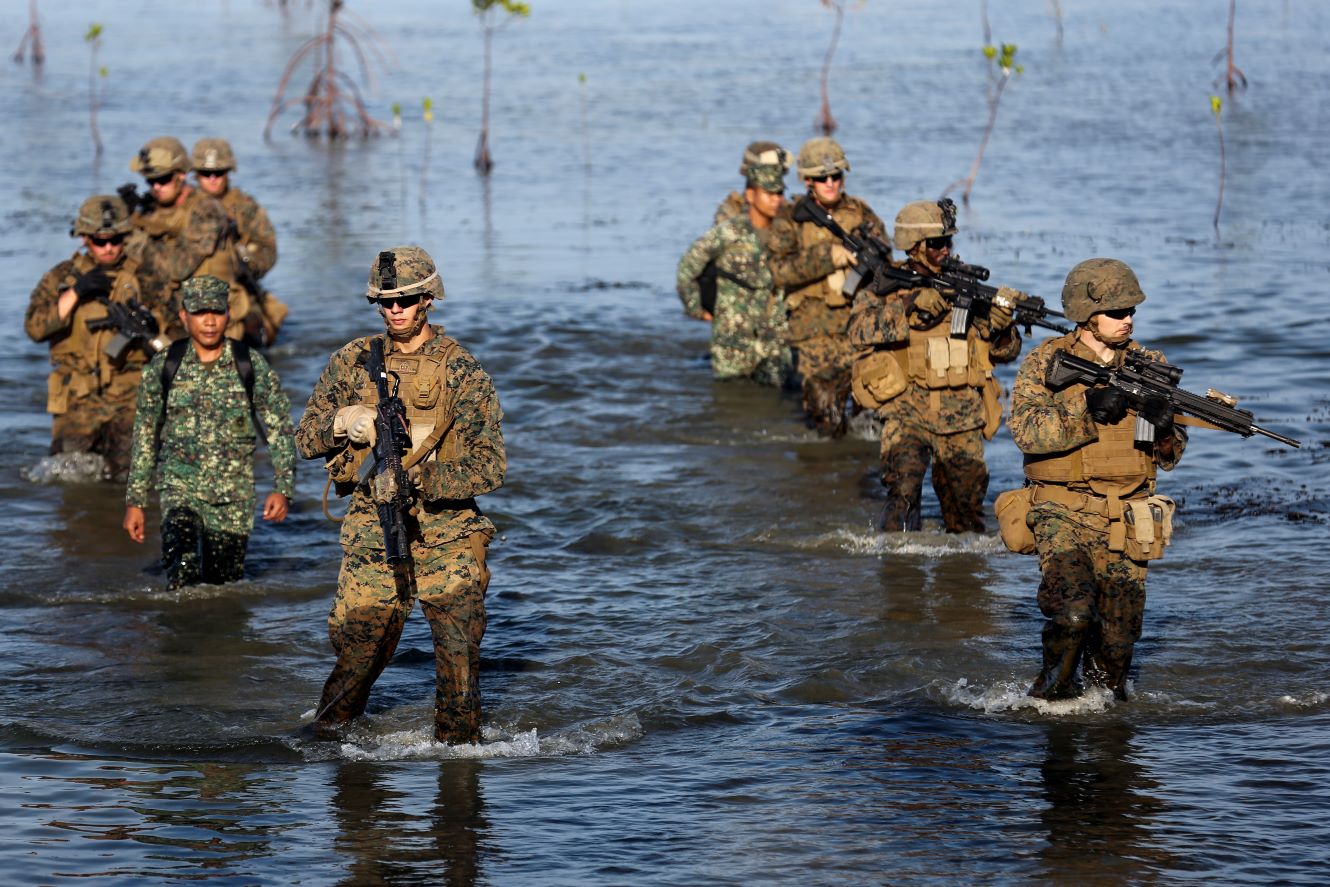Innovations in Marine Fuel Bladder Technology: What You Need to Know
As the maritime industry navigates the waters of environmental regulations and the push for sustainability, innovations in marine fuel bladder technology have emerged as a pivotal solution. Fuel bladders, also known as flexible fuel tanks, are increasingly being recognized for their efficiency, safety, and adaptability. In this article, we will delve into the latest advancements in this technology, its applications, benefits, and future prospects.
Understanding Marine Fuel Bladders
Marine fuel bladders are flexible containers designed to store fuel in a variety of marine applications. They are typically made from durable synthetic materials that can withstand harsh marine environments, offering a lightweight and portable alternative to traditional rigid fuel tanks.
How They Work
Fuel bladders are installed in a vessel’s bilge or other compartments and can expand or contract based on the volume of fuel they contain. They are designed to minimize the risk of leaks and spills, ensuring safety and compliance with environmental regulations. The design allows for:
- Easy installation and removal.
- Space optimization in vessels with limited storage capacity.
- Reduced weight compared to traditional metal tanks.
Key Innovations in Marine Fuel Bladder Technology
The marine fuel bladder industry has seen several key innovations in recent years that have improved their efficiency and safety. Here are some noteworthy advancements:
1. Advanced Materials

Modern fuel bladders are being manufactured from high-performance materials that offer enhanced chemical resistance and durability. Innovations include:
- Polyurethane Coatings: These provide superior abrasion and puncture resistance, extending the bladder’s lifespan.
- Multi-layer Fabrics: Combining various materials to enhance strength while maintaining flexibility.
2. Smart Technology Integration
Incorporating technology into marine fuel bladders is a growing trend. Smart sensors can monitor fuel levels, temperature, and potential leaks in real-time, allowing for proactive management. Benefits include:
- Improved safety through early detection of leaks.
- Enhanced operational efficiency with accurate fuel level monitoring.
3. Eco-Friendly Designs
With the increasing focus on sustainability, manufacturers are designing bladders that are more environmentally friendly. This includes:
- Recyclable Materials: Utilizing materials that can be recycled at the end of the product lifecycle.
- Biodegradable Options: Developing bladders that break down naturally when disposed of properly.
Applications of Marine Fuel Bladders
Marine fuel bladders have a wide range of applications across various sectors in the maritime industry. Some of the most common uses include:
1. Commercial Shipping
In commercial shipping, fuel bladders are often used to supplement existing fuel storage systems. They provide:
- Increased fuel capacity without the need for structural modifications.
- Flexibility to transport fuel to remote locations.
2. Recreational Boating
For recreational boaters, fuel bladders offer a lightweight solution to fuel storage. Their benefits include:
- Easy transport for long-distance voyages.
- Cost-effectiveness compared to installing additional rigid tanks.
3. Emergency and Disaster Response
:quality(70)/cloudfront-us-east-1.images.arcpublishing.com/archetype/ATJFNOV6GJAGDDBUZEVIQGGHGQ.jpg)
In emergency situations, fuel bladders can be deployed quickly to provide necessary fuel supplies. They are used in:
- Disaster relief operations.
- Military applications where fuel logistics are critical.
Case Studies: Successful Implementation

Several companies and organizations have successfully implemented marine fuel bladder technology, showcasing its effectiveness and versatility. Here are two notable case studies:
Case Study 1: Offshore Oil and Gas Operations
In offshore oil and gas operations, a leading company adopted flexible fuel bladders to store fuel for their support vessels. By replacing traditional tanks with bladders, they:
- Reduced weight on their vessels, leading to lower fuel consumption.
- Increased the efficiency of fuel delivery to remote drilling sites.
Case Study 2: Environmental Protection Initiatives
A nonprofit organization focused on marine conservation utilized marine fuel bladders during a cleanup operation. They reported:
- Ease of transport and deployment in hard-to-reach areas.
- Significant reduction in spill risks compared to traditional tanks.
Challenges and Considerations

Despite the many advantages of marine fuel bladders, there are also challenges and considerations that stakeholders should be aware of:
- Durability Concerns: While materials have improved, extreme conditions can still pose risks.
- Regulatory Compliance: Ensuring that bladders meet local and international regulations is crucial.
- Maintenance Requirements: Regular inspections and maintenance are necessary to ensure safety and longevity.
The Future of Marine Fuel Bladder Technology
![🔥 [50+] USMC Wallpapers Marine Corps WallpaperSafari](https://cdn.wallpapersafari.com/39/63/Oa4nvD.jpg)
The future of marine fuel bladder technology looks promising, with ongoing innovations expected to further enhance their performance and utility. Potential developments include:
- Enhanced Smart Features: More advanced monitoring systems that provide comprehensive data analytics.
- Integration with Renewable Fuels: Designing bladders that can accommodate biofuels and other alternative energy sources.
- Partnerships with Eco-Conscious Brands: Collaborations aimed at promoting sustainability in maritime operations.
Marine fuel bladder technology is rapidly evolving, offering innovative solutions for fuel storage in the maritime industry. With advancements in materials, smart technology integration, and eco-friendly designs, fuel bladders are becoming indispensable tools for both commercial and recreational applications. As the industry continues to prioritize safety and sustainability, marine fuel bladders will play a crucial role in shaping the future of maritime operations.
By understanding these innovations and their implications, stakeholders can make informed decisions that enhance operational efficiency, reduce environmental impact, and ensure compliance with regulations. As we sail into the future, the continued development of marine fuel bladder technology promises to make waves in the way we approach fuel storage and management in the maritime sector.



